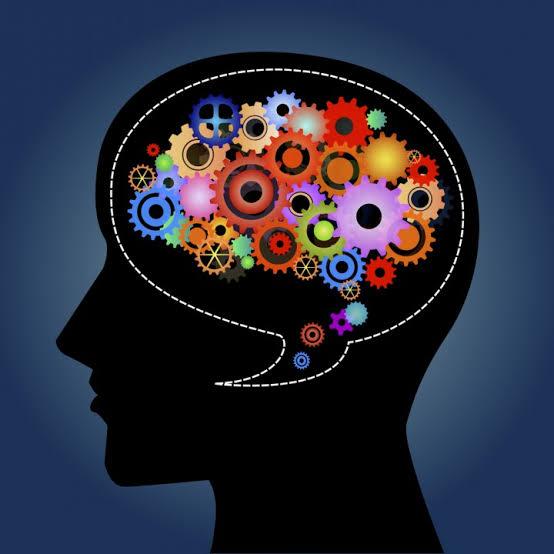Top 3 Perceptual Sets That Shape Your Reality
Ever wondered why two people can look at the same image but see completely different things? Or why a song sounds different after someone tells you it has hidden messages? This isn’t just imagination, it’s your perceptual set at work. Perceptual sets help us make quick decisions, but they can also distort reality without us even realizing it. In this article delight, we’ll explore the top 3 perceptual sets that influence your daily life, sometimes in ways you’d never expect!
What are Perceptual Sets ?
A perceptual set is the tendency of our brain to perceive things in a certain way based on our past experiences, expectations, emotions, and context. It acts like a mental filter, shaping how we interpret the world around us. For example, if you’re told a blurry image contains a face, you’re more likely to “see” one, even if it’s just random patterns. This is your perceptual set influencing what you perceive. Instead of seeing reality as it truly is, our brain selects, organizes, and interprets information in ways that align with what we expect or have encountered before.
Top 3 Perceptual Sets That Shape Your Reality
Seeing Faces in Clouds or Objects (Pareidolia)
Have you ever looked at the clouds and spotted a face, an animal, or even a familiar shape? This phenomenon is called pareidolia, a type of perceptual set where the brain interprets random stimuli as meaningful images. Pareidolia is a great example of how our expectations shape perception. Since our brains are constantly looking for familiar patterns, they sometimes impose meaning where there is none. Artists and marketers often take advantage of this—think of the way car headlights and grilles resemble expressions, making vehicles seem “angry” or “friendly.” While pareidolia is usually harmless, it also explains why people sometimes claim to see religious figures in toast or ghostly faces in old photographs. It’s simply the brain doing what it does best “finding patterns”, even in randomness!
Expecting to Taste Something Different (Color-Taste Perception)
Have you ever tasted a drink that seemed sweeter just because it was red? Or mistaken a colorless soda for lemon-lime because it looked like Sprite? This is an example of color-taste perception, where our expectations shaped by color alter how we experience flavor. Studies have shown that people tend to associate specific colors with certain tastes: red with sweetness, yellow with sourness, and green with something tart or citrusy. Companies often enhance the color of food and beverages to make them more appealing and match consumer expectations. For example, artificially bright orange juice may be perceived as fresher and tastier than a paler one, even if both taste the same.
The Word Superiority Effect (Expectations in Reading)
The Word Superiority Effect demonstrates how our brain processes words as whole units rather than letter by letter. This effect explains why we can still read misspelled words effortlessly as long as the first and last letters remain in place. For example, you might have seen sentences like “Tihs snetnce is esay to raed” and read them without much difficulty. Your brain automatically fills in the gaps, predicting words based on expectation rather than analyzing each letter individually. While this speeds up reading, it can also make us prone to errors, such as misreading words that look similar.
Final Takeaway| Top 3 Perceptual Sets That Shape Your Reality
Perceptual sets play a powerful role in shaping our reality, influencing not just what we see, but also what we hear, taste, and even how we interact with others. While this ability helps us , it can also lead to misinterpretations and cognitive biases. Understanding perceptual sets allows us to become more aware of how our minds filter reality. By recognizing the influence of expectations, we can sharpen our perception and see the world with greater clarity. So next time you experience an illusion , take a moment to reflect, your brain might just be filling in the gaps!
Further insights , read Seeing What Others Don’t by Gary Klein https://amzn.in/d/bT1Yuuf
Read also , Top 3 Tricks to Stop Energy Vampires from Draining You ! https://thebrightdelights.com/top-3-tricks-to-stop-energy-vampires-from-draining-you/
